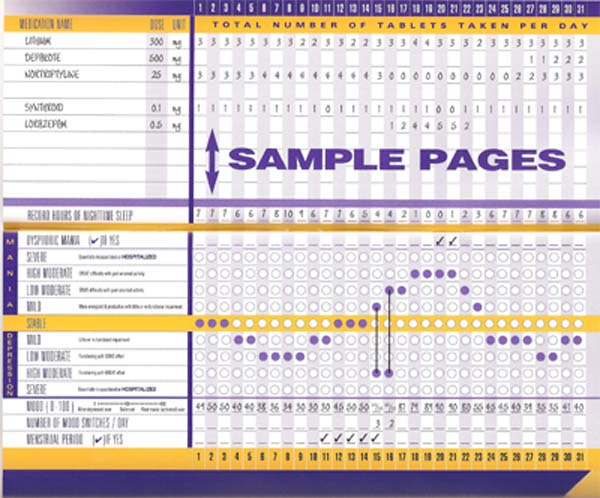Memories Erased From the Amygdala of Rats
A recent study found that in rodents, new negative memories can be deleted. Rats in the study were taught conditioned avoidance. For example, a light or a sound would signal that a mild shock would be delivered through the floor of the chamber in which the rat was housed. The rat could avoid the shock by running to the other side of the cage. Once the rat learned that the light or sound signal preceded a shock, the rat began switching sides when the light or sound cue appeared, even if no shock was given. This response to the conditioned signal is evidence that learning has taken place and is stored in memory.
The researchers found that when a rat formed a new conditioned avoidance memory, there were increases in cyclic AMP response element binding (CREB) protein in specific neurons in the rat’s lateral amygdala (about 20% of the total number of neurons in the amygdala). Then, using extraordinarily sophisticated molecular biology, the investigators attached a diphtheria toxin onto the CREB protein, which caused the specific neurons involved in the conditioned avoidance learning to be killed while the other neurons in the amygdala (those not associated with the new memory) survived. As a result, the animals couldn’t remember anything about the specific avoidance learning, but other memories could be formed and remained accessible.
Obviously, this type of approach is not yet pertinent to clinical therapeutics in humans, but this research does teach us that in rodents, a conditioned avoidance memory activates a subset of the neurons in the lateral amygdala, and the elimination of these neurons eliminates specific learned memories, but not other types of learning.
Ultimately this kind of preclinical data may lead to novel clinical approaches to specific traumatic memories that are associated with post-traumatic stress disorder (PTSD).
Mobile Apps and Other Technologies May Make It Easier to Track Mood Symptoms Longitudinally
Multiple investigative groups at the 9th International Conference on Bipolar Disorder (ICBD) held in Pittsburgh in 2011 reported on the use of mobile phones or other automated processes to provide a more detailed ongoing record of a patient’s mood fluctuations and response to treatment. A particularly notable study by Nolen and colleagues described an electronic version of the life chart method (e-LCM) that would be accessible via internet, and which could be integrated with the patient’s file and used for research. These investigators developed software for a patient version and a clinician version. The web-based version is not yet available for patient use.
Editor’s Note: Until this and other useful electronic monitoring procedures become available, we recommend using the written version of a life chart to provide daily assessments of mood, side effects, and comorbid symptoms in order to provide a detailed numerical and graphic record with which to judge treatment response. This method is extremely valuable in developing new treatment approaches for those with treatment-resistant illness, and if patients keep these records, physicians will have optimal and detailed input in order to assess response and make treatment recommendations.
My Mood Monitor provides another available approach. This system was developed primarily as a screening instrument, but also includes a longitudinal monitoring component. It is not designed for daily monitoring, but can be used repeatedly with a minimal interval of one week between ratings.
We’ve written before about depressioncheck, My Mood Monitor’s iPhone app that can quickly screen for mood and anxiety disorders.



